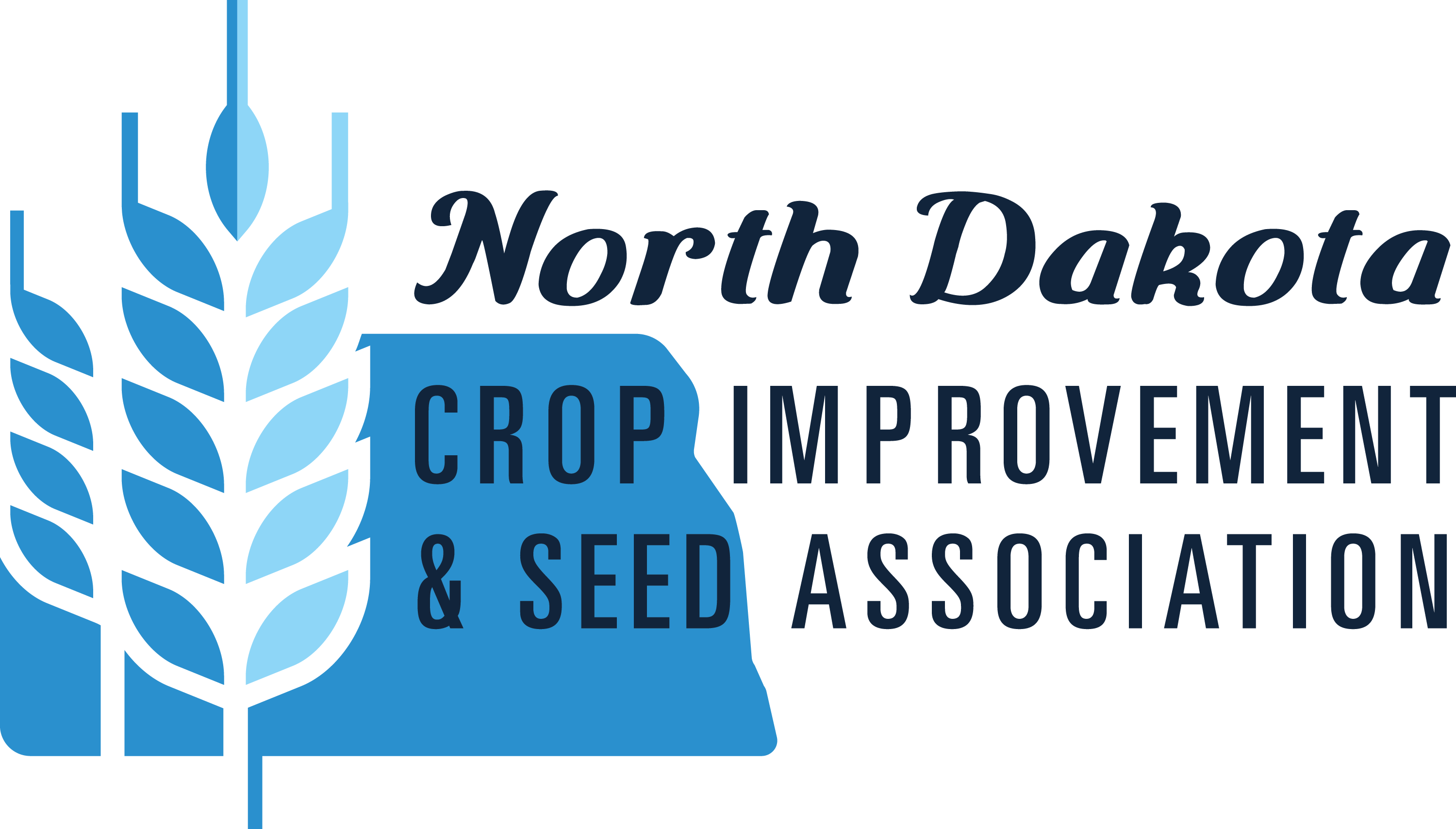At North Dakota Crop Improvement and Seed Association, we take great pride in our grain quality. Good grain quality starts way before we even start harvesting. Having good grain quality also helps the economic value of the grain. Protecting the grain quality before it is harvested include storage equipment and structures for the soon to be harvested grains.
Inspection
Inspect every part of the grain storage bin. Look for leaks and holes where insects, birds, or rodents could access the bin. Leaks and holes in the bin also allow moisture to enter which can cause mold growth. Here is a list of things that should be checked for when inspecting a bin:
- Aeration fans and driers
- Belts and bearings
- Gear boxes
- Proper lubrication
- Electrical systems
- Guards and safety shield over belts, chains, and intakes
Make all repairs before you need them to maintain your grain.
Importance of Sanitation
Grain storage units should be maintained and serviced several weeks before the harvest season. They should also be regularly cleaned and inspected. Everything needs to be sanitized, all the time. Every piece of equipment that the grain will touch, throughout the entire process, needs to be sanitized. Doing this ensures the health and safety of not only workers, but consumers of these products. It also is what provides a good quality grain.
Every trace of old grain needs to be sanitized. Even a small trace of old grain can lead to moldy or infected grain that will contaminate the new grain. Grain spends the most amount of time in storage, therefore sanitization is so important. Every nook and cranny needs to be sanitized.
It is also important to sanitize around the storage bins. There should be no vegetation near or around the bin. Insects and rodents are attracted to vegetation. The ground should be covered in gravel or short mowed grass. Remove all spilled grain from the ground.


Recent Comments